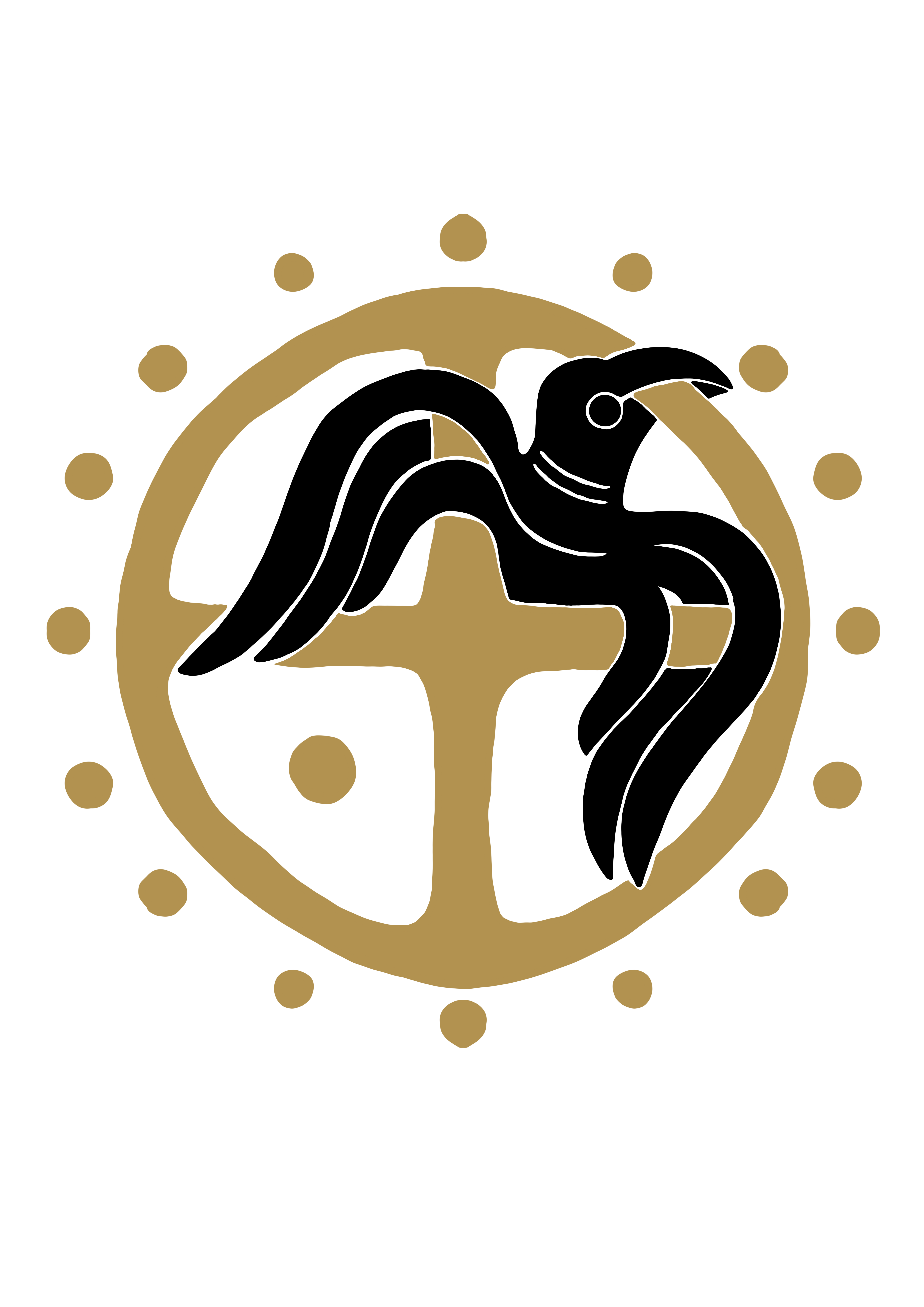Prehistoric Great Mother Goddess Idol – Handmade Terracotta Figurine Inspired by Danube Culture
Prehistoric Great Mother Goddess Idol – Handmade Terracotta Figurine Inspired by Danube Culture
This unique Neolithic Goddess figurine represents the Great Mother of Old Europe, inspired by the Danube and Cucuteni–Trypillia cultures (5500–2750 BCE). With her head turned upward in a sacred pose, she reflects ancient fertility, earth, and creation symbolism.
Handcrafted in terracotta clay using traditional techniques, this 8 cm idol features a natural patina that closely resembles museum artifacts. Ideal for pagan altars, Wiccan rituals, or as a collector’s piece, this figurine connects you to the spiritual roots of prehistoric Europe.
The Danubian culture was one of the first agrarian civilizations in Europe, known for their goddess worship, artistic ceramic work, and ochre ritual use. These cultures flourished in areas of modern Ukraine, Romania, and Moldova.
Details:
- Height: 8 cm
- Material: Fired Clay / Terracotta
- Style: Inspired by Danube / Cucuteni–Trypillia figurines
- 100% Handmade
- Collector’s Item or Altar Decor
Use as:
- Prehistoric Goddess altar statue
- Wiccan or Norse Pagan ritual piece
- Archaeology-inspired home decor
- Unique gift for history lovers
Algizrune Pagan Arts Workshop – Wear History, Live Legends
Keywords:
Mother Goddess, Danube figurine, Neolithic Venus, Prehistoric altar, Terracotta goddess, Wiccan idol, Pagan decor, Trypillia art, Ancient fertility figure, Old European gods, Goddess statue, Historical ceramic, Handmade pagan art.

